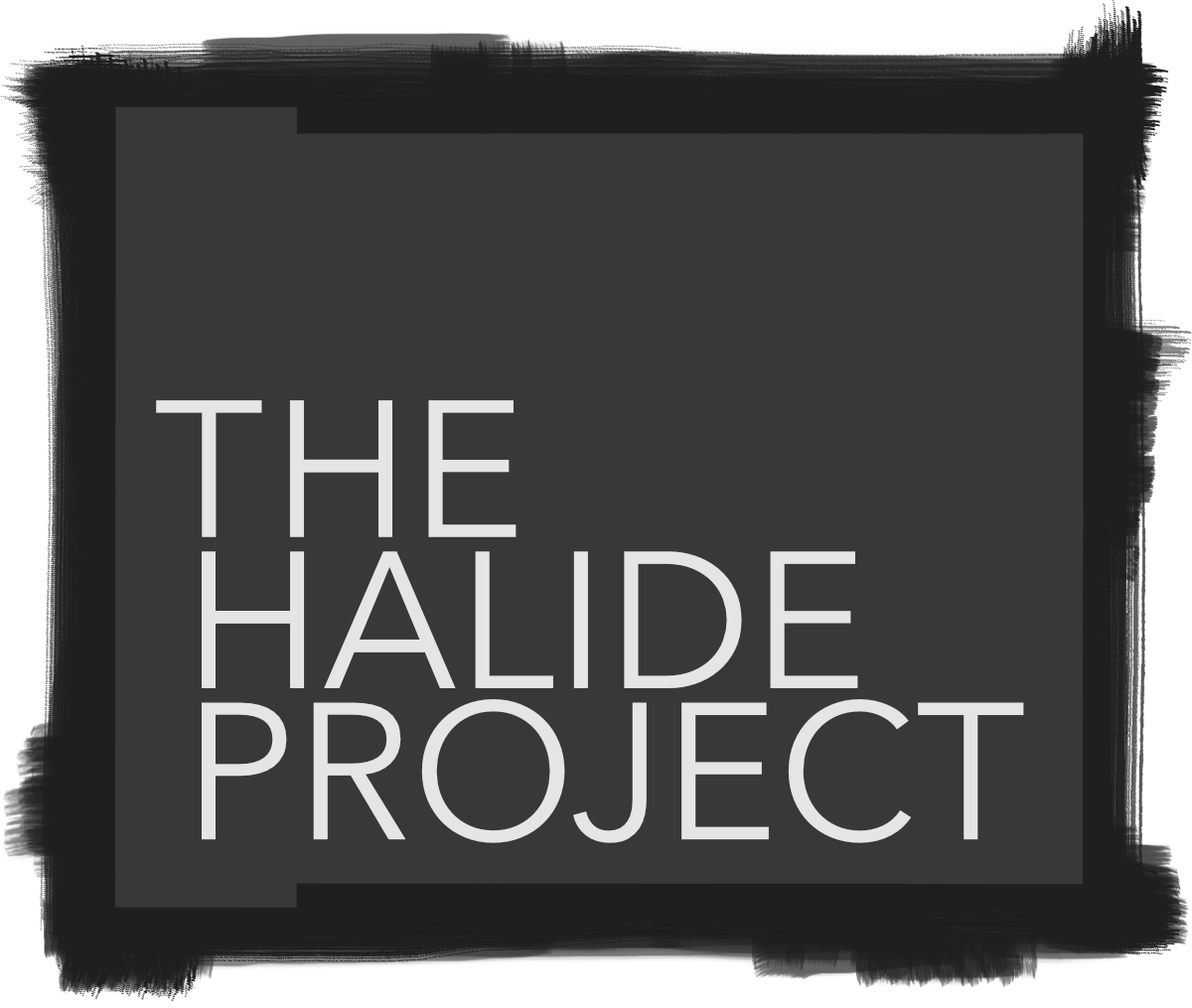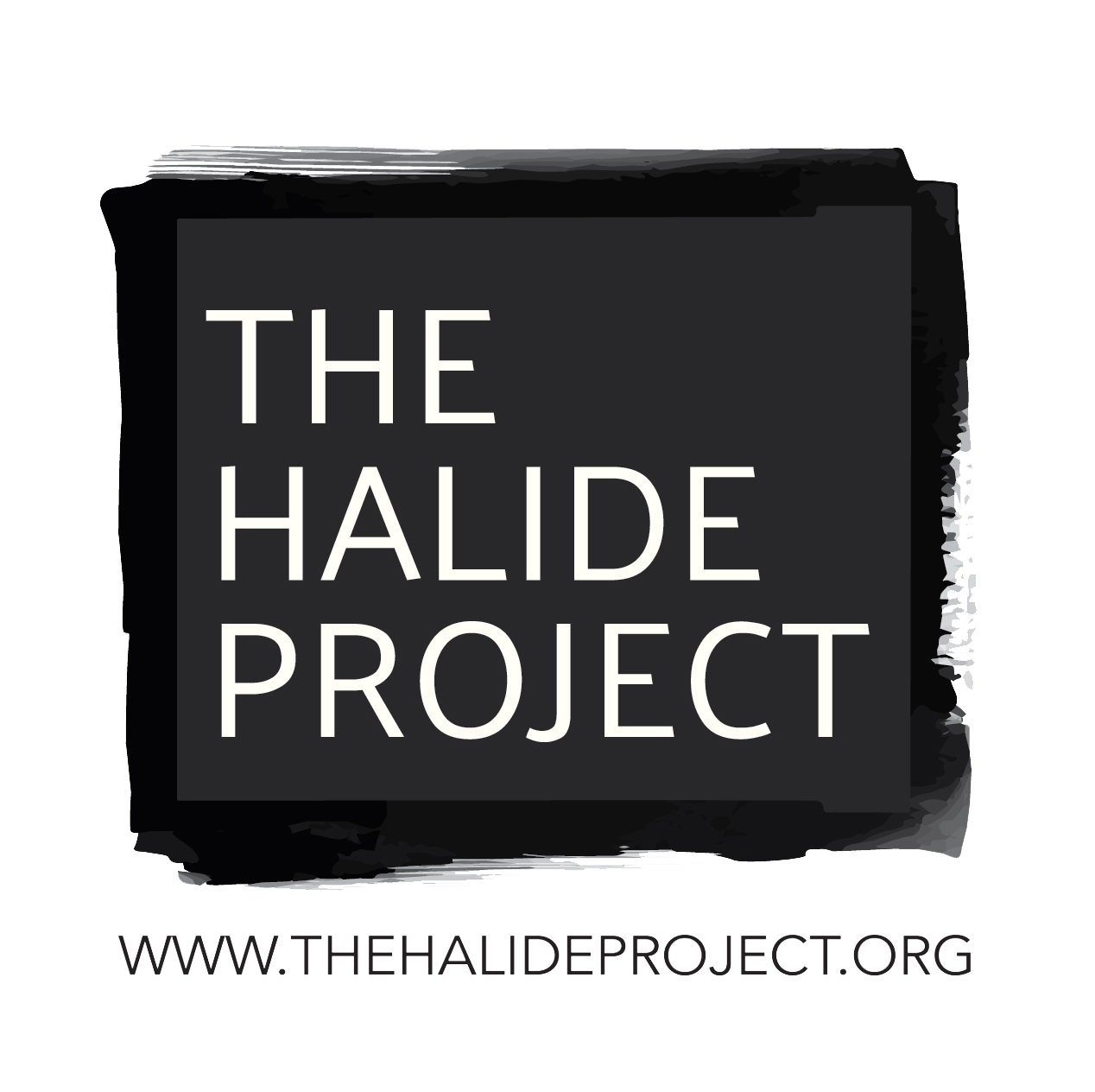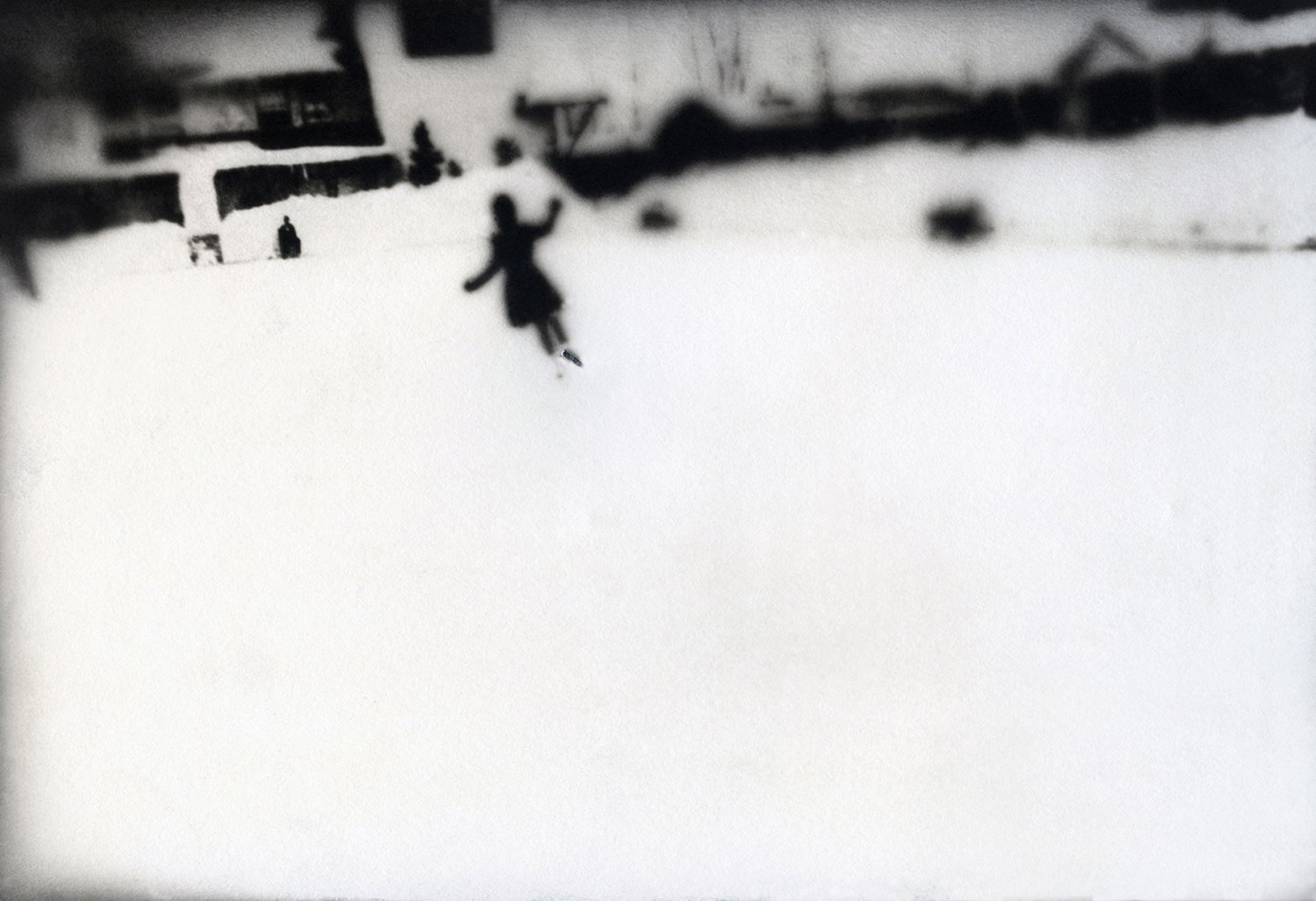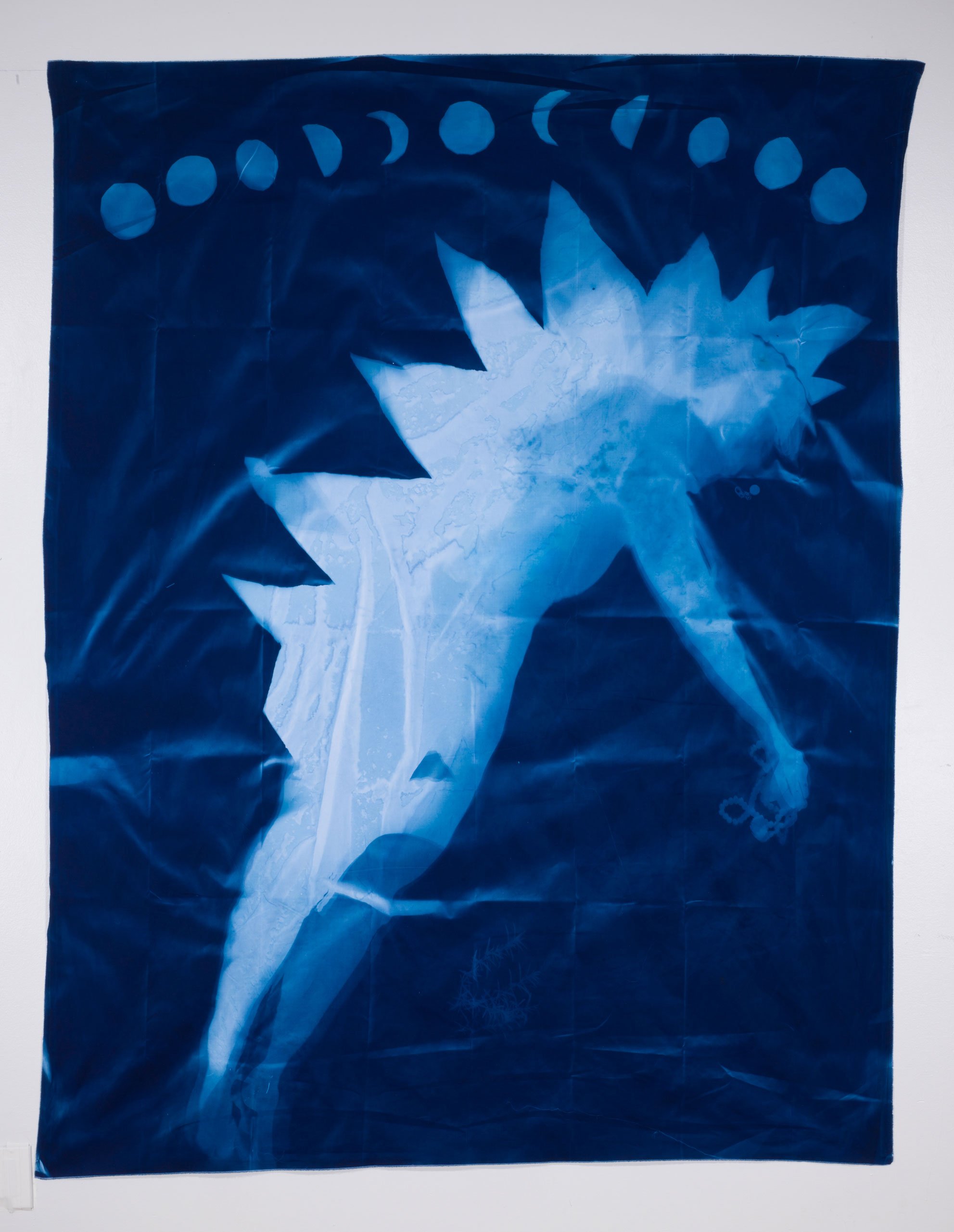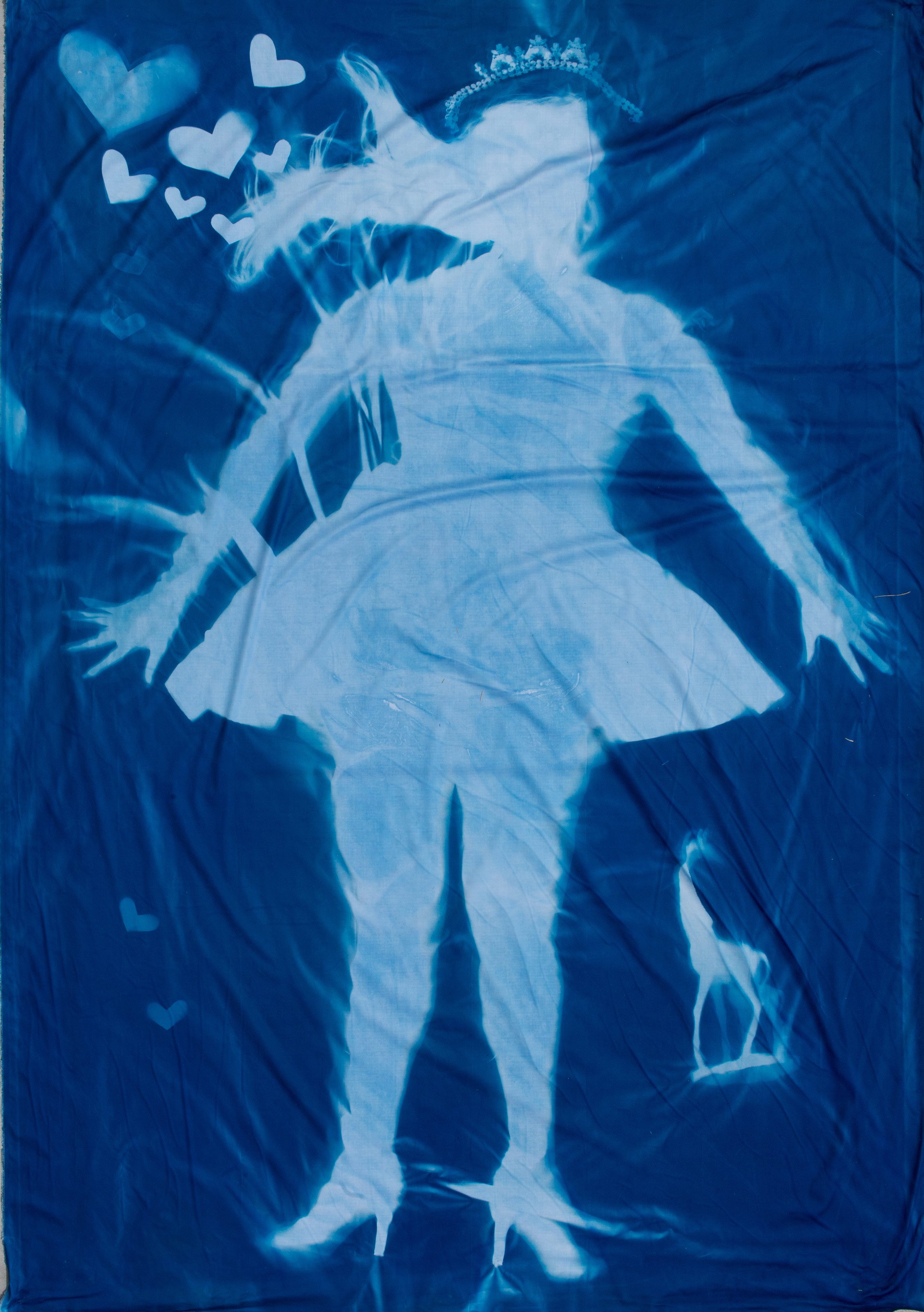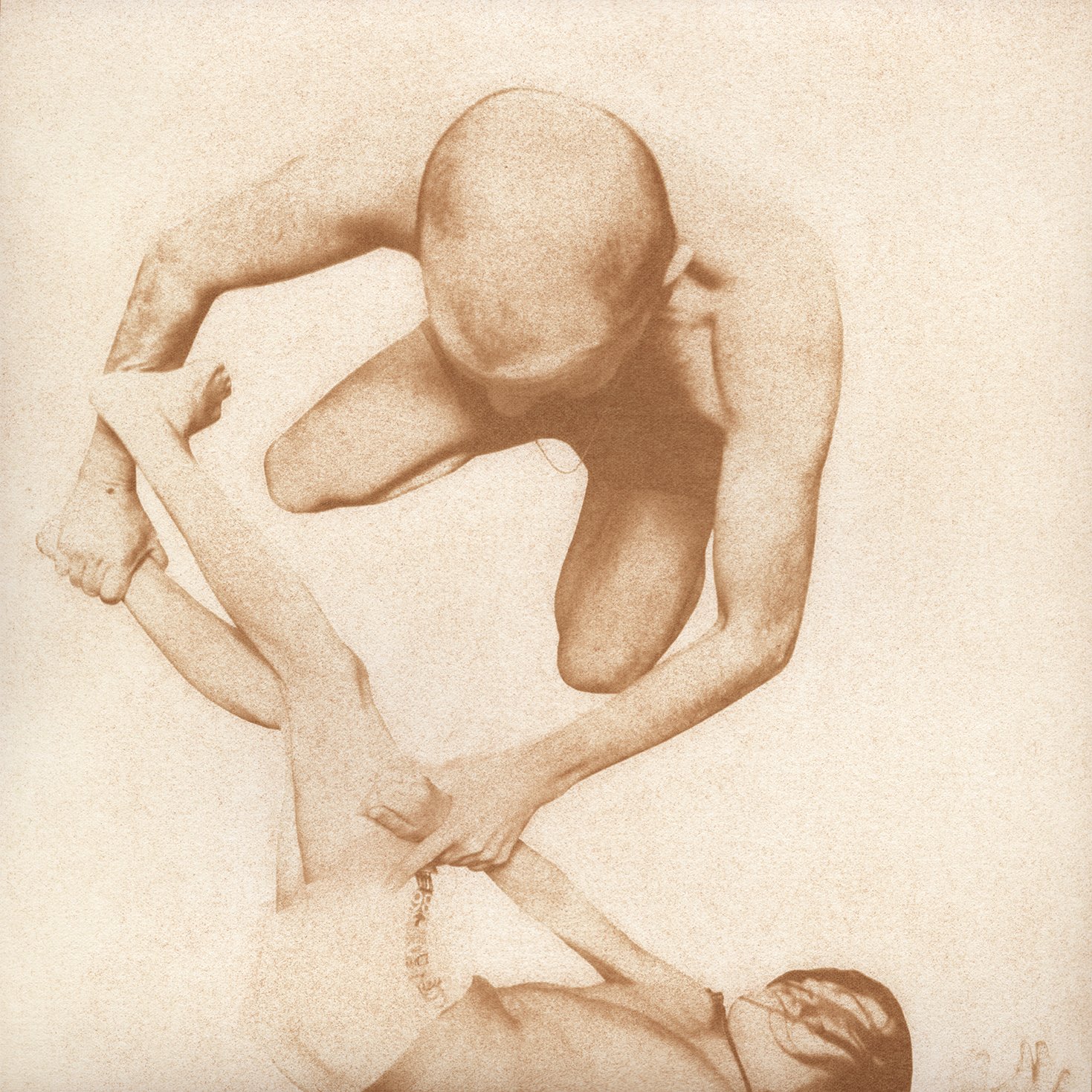storied forms
storied forms
Photography has the unique ability to succinctly communicate a specific story. But there are artists who use the medium to create imagery that encourages viewers to develop individualized narratives based on their past experiences and personal histories. Often working with abstracted forms, these artists provide a conceptual or emotional starting point from which viewers can embark upon their own personal journeys.
The artists in storied forms depict the human form utilizing a variety of photographic processes and styles to express concepts in a manner that encourages viewers to emotionally connect with the work, explore their individual reactions to it, and delve into the deeper meaning behind the concepts put forth by the artists. Rather than dictating viewers’ response to the work, these artists inspire critical thinking and introspection. Viewers are allowed the freedom to create their own narratives, and, through the process of doing, so form connections between themselves, the artists, the subjects, and humanity.
Marina Berio has what she describes as an “almost alchemical belief in the meaning that is contained in physical materials.” In her series Family Matter, Berio incorporates her own blood into the gum bichromate process to create abstracted images of the male members of her family. By doing so, she implicates herself in her subjects’ behaviors, which are simultaneously “profoundly foreign” to her and fascinating in the way that they blur the lines between “testing, aggression, and love.”
In Crossing Over, Jackie Neale creates life-size cyanotype photograms of immigrants and their belongings in order to “connect us through abstract thinking about human form, human values, and human likeness, which transcends status, color, shape, culture.” By anonymizing her subjects, Neale stresses our similarities and encourages the formation of new connections and new communities. The work challenges viewers to consider human constructs – such as borders and flags – and examine the reasons they were originally created and the purposes they currently serve.
In Memory & Longing, Carla Shapiro works with discarded family snapshots that connect with her on an emotional level and elicit her own “recollections and longings.” Shapiro’s process of scanning and manipulating the snapshots, then creating platinum/palladium prints that she collages, becomes a “deep exploration of the nature of memory and of image-making itself.” The universal themes present in these recontextualized images resonate with viewers, who then use them as a foundation on which to build their own constructed memories.
Catie Soldan’s Melancholia series “follows the psychological states of two women, building up to an emotional release.” The staged portraits capitalize on the ethereal nature of the wet plate collodion process and “capture the quiet, somber, and often beautiful moments in times of distress.” Viewers are invited to engage with the subjects as they travel along their psychological journey.
